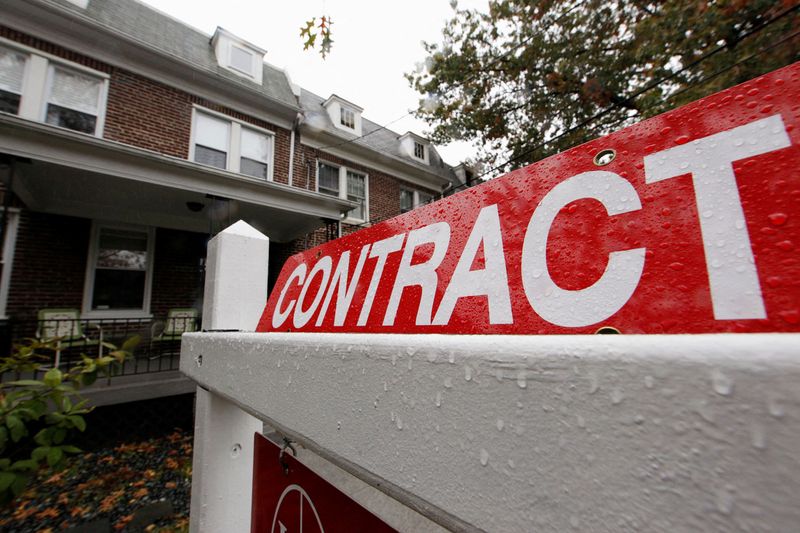(Reuters) – Contracts to buy U.S. previously owned homes fell unexpectedly in November as limited housing stock and lofty prices crimped activity, and the explosion of new coronavirus cases from the fast-spreading Omicron variant poses a risk to the housing market headed into 2022, a trade group said on Wednesday.
The National Association of Realtors (NAR) said its Pending Home Sales Index, based on signed contracts, fell 2.2% last month to 122.4. Pending home sales were lower in all four regions.
Economists polled by Reuters had forecast contracts, which typically become final sales after a month or two, would rise 0.5% in November.
Pending home sales dropped 2.7% in November on a year-on-year basis. Limited inventory has led to double-digit growth in home prices.
“There was less pending home sales action this time around, which I would ascribe to low housing supply, but also to buyers being hesitant about home prices,” said Lawrence Yun, NAR’s chief economist. “While I expect neither a price reduction, nor another year of record-pace price gains, the market will see more inventory in 2022 and that will help some consumers with affordability.”
Demand for housing shot up early in the coronavirus pandemic as Americans decamped from city centers to suburbs and other, less densely populated areas in a hunt for larger homes to accommodate online schooling and working from home.
The market cooled off in the first half of the year as limited inventory lifted prices beyond the reach of many would-be buyers. Also the rollout of vaccines fueled optimism that people would be able to return to work in offices in urban areas and other business districts.
Activity has picked up again in recent months, however. The combined annual sales rate of new and existing U.S. homes reached 7.2 million units in November, the highest since January.
Now, though, new variants of COVID-19 – first Delta and now Omicron – have swept across the country, forcing employers to retreat again on large-scale return-to-office plans. The U.S. coronavirus caseload has shot to a record in the last week, according to a Reuters tally, surpassing the previous peak set early this year.
NAR’s Yun said Omicron, the highly transmissible variant seen driving the latest surge in infections, poses a risk to the housing market’s performance, as buyers and sellers are sidelined, and home construction is delayed.
(Reporting by Dan Burns; Editing by Chizu Nomiyama)














